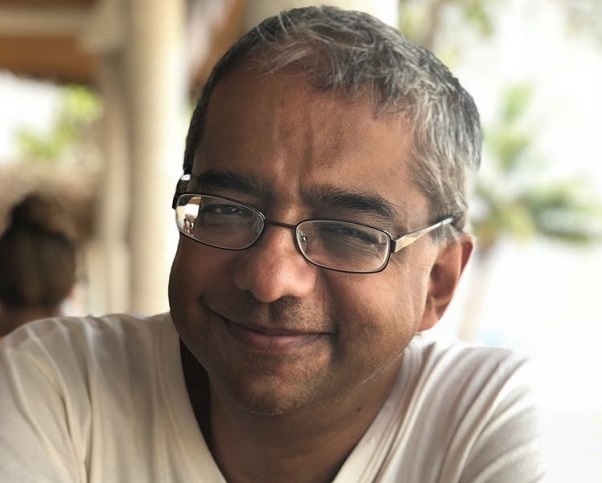By Jekhan Aruliah
“Charity begins at home”. For the Northern Province based Sivan Arul Illam charity began by creating a children’s home. The home was originally for victims of the 2004 Boxing Day Tsunami. Started using donated money, it went on to become a revenue generating enterprise with businesses around the Northern Province. An enterprise created to provide sustainable employment for the children as they became adults and needed jobs, as well as for other war affected people in the North and East. An enterprise that is now exporting goods to Europe, Australia and beyond. This is the story of Sivan Arul Illam (SAI).
Suren’s Story: birth of Sivan Arul Illam
In December 2004 Suren Sornalingam was in Colombo doing the Christmas party circuit. A hard working London based executive at one of the World’s leading sporting brands, Nike, Suren was in the country of his ancestors letting off some steam. Along with friends he was liberally supporting the local economy showing off his moves in the clubs and restaurants of Colombo, Sri Lanka’s glittering city. After chilling in Colombo the band of buddies planned to spend a few days further south in Bentota scuba diving. Perhaps, he suggests, by divine intervention Suren accepted an invitation from his friend Moahan Balendra, a Colombo based lawyer, to spend Christmas in the capital delaying going South for a day
Still in Colombo, Suren heard of the natural disaster hitting Sri Lanka’s coastal areas. Watching news of the Boxing Day Tsunami on the TV, Suren and Moahan spent the day trying to contact their friends who were already in Bentota. They were all safe, out at sea in boats that bobbed over the incoming waves. They were not on the shore where the Tsunami flood caused so much death and destruction.
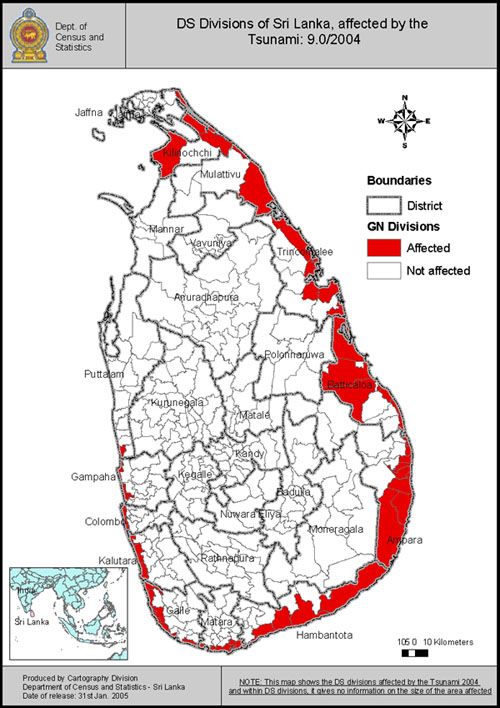
Hearing of the dire need in the East, Suren and Moahan went around Pettah, the main market area in Colombo, buying supplies with their own money. They had a friend with a truck, who took the supplies to devastated areas.
The East, particularly the area from Mullaitivu to Batticaloa was failing to receive adequate support from the government. Therefore this region was more dependent on non-governmental aid. Suren’s profession is supply chain and logistics, so when it came to moving relief supplies he knew what he was doing. Receiving funds from private donors, Suren setup an operation to deliver aid.
Suren and Moahan booked as many trucks as were available and willing to travel to these conflict affected areas. They filled the trucks with goods based on requirements sent in from the disaster areas. First it was baby milk powder, water and medicines. Then blankets and tarpaulins, and other essentials
Volunteers joined Suren’s operation. Some were locals, some just happened to be in Sri Lanka for the festive season. For the next several weeks, these volunteers were given long shopping lists. They went around the shops and markets in Colombo to fulfil these orders. Kula Vignarajah a friend of Moahan had on the day of the Tsunami flown in on holiday from London where she worked as a finance manager for a British technology company. Kula was assigned to clearing goods which were getting delayed coming in through the airport. Learning on the job she cajoled and charmed the customs bureaucracy into gear getting vital supplies released quickly and efficiently.
The volunteers and donors were from all over the World and from all ethnic groups: Sinhalese, Tamil, Muslim and Burgher. Ordinary people helping other ordinary people suffering from an “act of God” in a time of a man-made civil war. The truck drivers taking the aid were almost all Sinhalese who risked much to make the unsafe trips. After getting over their initial suspicion, the Sri Lankan Government issued the trucks with passes to ensure they could travel without being hassled
In April 2004, after Suren had returned to London, his sister Manju and her husband Jayendran (Jaya) Namasivayam came to the disaster area. They had obtained some land from Mannar’s famous Thirukeestwaran Temple, where they setup a children’s home for those who were orphaned or made destitute by the Tsunami.
Jaya’s Story: Growth of Sivan Arul Illam
The first 35 children came from Tsunami devastated areas of Batticaloa. Some children were orphans, some had one parent or grandparents who were too destitute to take care of them. When the opportunity arose for a child to be well cared for by its family, the child was returned. Otherwise they stayed to be brought up at the home.
The children were accommodated in the temple maddam (a very basic pilgrim’s rest-house) where they were provided with food and shelter and were looked after by three paid carers. They were sent to the local government school, which at the time was a shed with three corrugated metal walls. Even before the new children joined the school was stretched, with just 2 teachers educating 40 children aged 6 to 15 years. At a stroke the new children virtually doubled the size of the school. SAI using donations from individuals and organisations, including Rotary and Kings College London Medical School, built 3 new rooms with basic equipment for the school: a science lab, a music room, and a computer room.
Once this first group of children were settled in, Jaya and Manju returned to the UK. Here they were busy fundraising. In London Jaya works as a consultant radiologist, and Manju as a teacher. Over the next 3 years until 2007 they together with Suren raised money. In 2006 they built a children’s park next to the orphanage, with swings and slides and roundabouts. In 2007 they built a new hostel with capacity for 100 children. It was decided to provide separate quarters for the girls and the boys, so the girls moved into the new hostel, the boys remained in the old maddam.
By 2007 there were 70 children at the home, the youngest being 2 months old. Now registered with the Social Services Department, SAI was accepting children sent by the government Child Protection and Probation agencies.
In 2009, when the war ended, another wave of IDP (internally displaced) children was sent to the SAI children’s home. The numbers more than doubled to 150 children. With further fundraising around the world, SAI built a second 100 bed hostel for the boys, who could at last move out of the maddam. In 2010 SIA had 200 children.
In the years after the end of the war, as the refugees were released from the camps they had been held in, SAI focused on livelihoods. SAI helped 5,000 families setup small businesses, such as shops and poultry farming But of these small businesses only 1 in 100 succeeded. With this low success rate, SAI changed its focus to setting up a factory that would provide employment for poor families, and just as importantly for the children in the orphanage as they grew up into adults. Finding jobs for the children was difficult. Orphans and destitutes are, shamefully, looked down. Employers are reluctant to take them on. So SAI started setting up ventures to employ these young people. They built a small bakery on the site of the orphanage. They bought land to grow coconut trees. They started a dairy enterprise to produce milk and cheese.
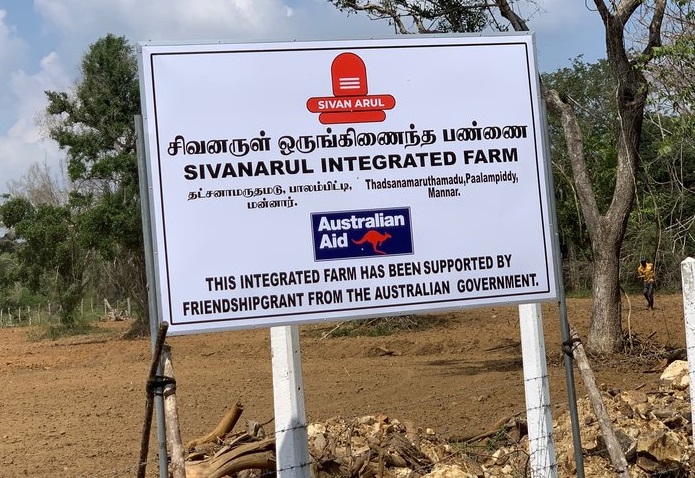
The real leap came in 2012 when SAI built a small factory to produce spices. Initially this was met with much suspicion by the security services who made frequent visits. After some time the authorities were satisfied SAI had no secret motives, and was simply a food business providing livelihoods to the local people after the war. From 2012 to 2014 the factory was making losses. The initial funds hadn’t stretched to investing in sufficient suitable machinery. In 2014 SAI wrote proposals to USAID and the ILO, successfully winning grants of Rs20m from each. With these funds, SAI expanded the factory investing in buildings and machinery. A further USAID grant plus a £50,000 donation from a private individual enabled SAI to build a hostel next to the factory, now expanded to 2.5 acres, so the ladies could stay there during the working week.
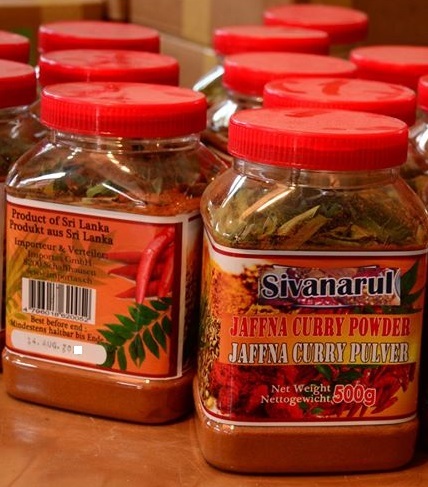
Things started to look up, with sales of rice flour, chilli powder and other spices increasing particularly to the UK and Australia. From this small start SAI today have a large factory in Killinochchi Town, where most of the staff are disabled, abandoned, abused and war affected female heads of families. Where needed management and senior staff are recruited with specific necessary skills. Finding them, says Suren, is not hard as there are so many who were displaced from similar roles during the war who are keen to return.
SAI has opened a vegetarian restaurant in the Thirukeestwaran Temple area and a second bakery in Puthukudiyiruppu near Mullaitivu. It has setup farms producing dairy, poultry and herbs. In the East and upcountry it has free education centres giving government approved training courses in IT and Administration. Jaya tells me there are other projects in the pipeline.
Coming back to the original children’s home, Jaya said “16 of our children are in university education and 14 employed in our factory, bakery, restaurant, dairy farm and integrated farms. There just under 100 children still in our home awaiting to produce more success stories. They excel in sports, music, art & dance as well participating winning prizes, awards at district & national level.”
To contact Jaya at Sivan Arul Illam email: sivanarulillamuk@gmail.com
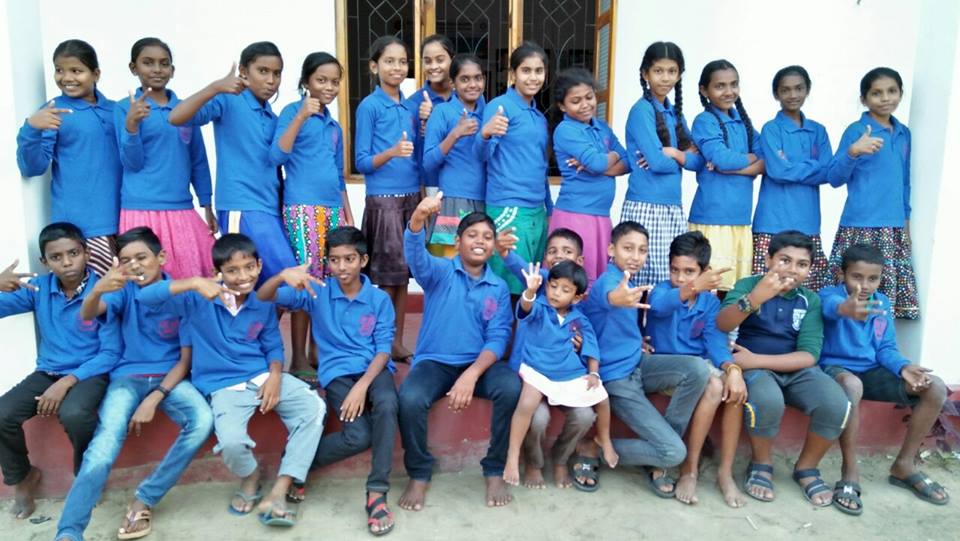
( — The writer Jekhan Aruliah was born in Sri Lanka and moved with his family to the UK when he was two years of age. Brought up in London, he graduated from Cambridge University in 1986 with a degree in Natural Sciences. Jekhan then spent over two decades in the IT industry, for half of which he was managing offshore software development for British companies in Colombo and in Gurgaon (India). In 2015 Jekhan decided to move to Jaffna where he is now involved in social and economic projects. He can be contacted at jekhanaruliah@gmail.com — )

